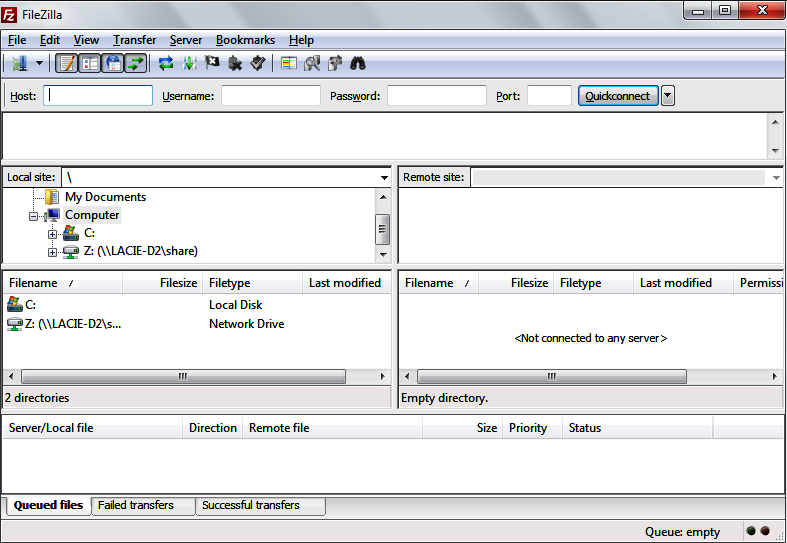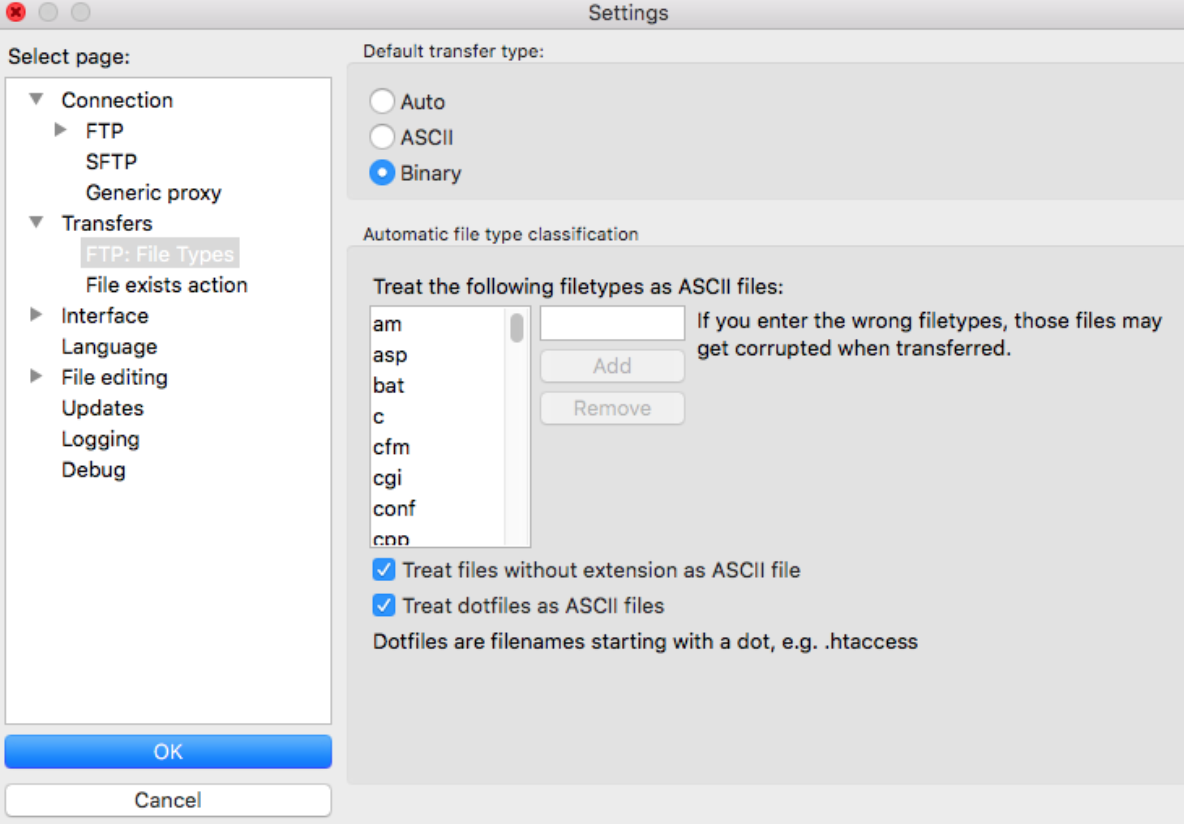
This is more familiar for Linux and Unix users who are used to using a command line. The first approach is to type ssh hostname or ssh into the terminal window.

Once you have the terminal window open, you have two alternatives.

Running SSH from the terminal command line Terminal can be used to get a local terminal window, and also supports SSH connections to remote servers. To use it, goto Finder, and selext Go -> Utilities from the top menu. Mac OS X includes a command-line SSH client as part of the operating system.

Contents Using the built-in SSH client in Mac OS X Running SSH from the terminal command line Running SSH with a graphical user interface How to use PuTTY SSH keys with the built-in OpenSSH Ported PuTTY for Mac Installation using HomeBrew Installation using MacPorts Alternatives to PuTTY on the Mac Using the built-in SSH client in Mac OS X


 0 kommentar(er)
0 kommentar(er)
